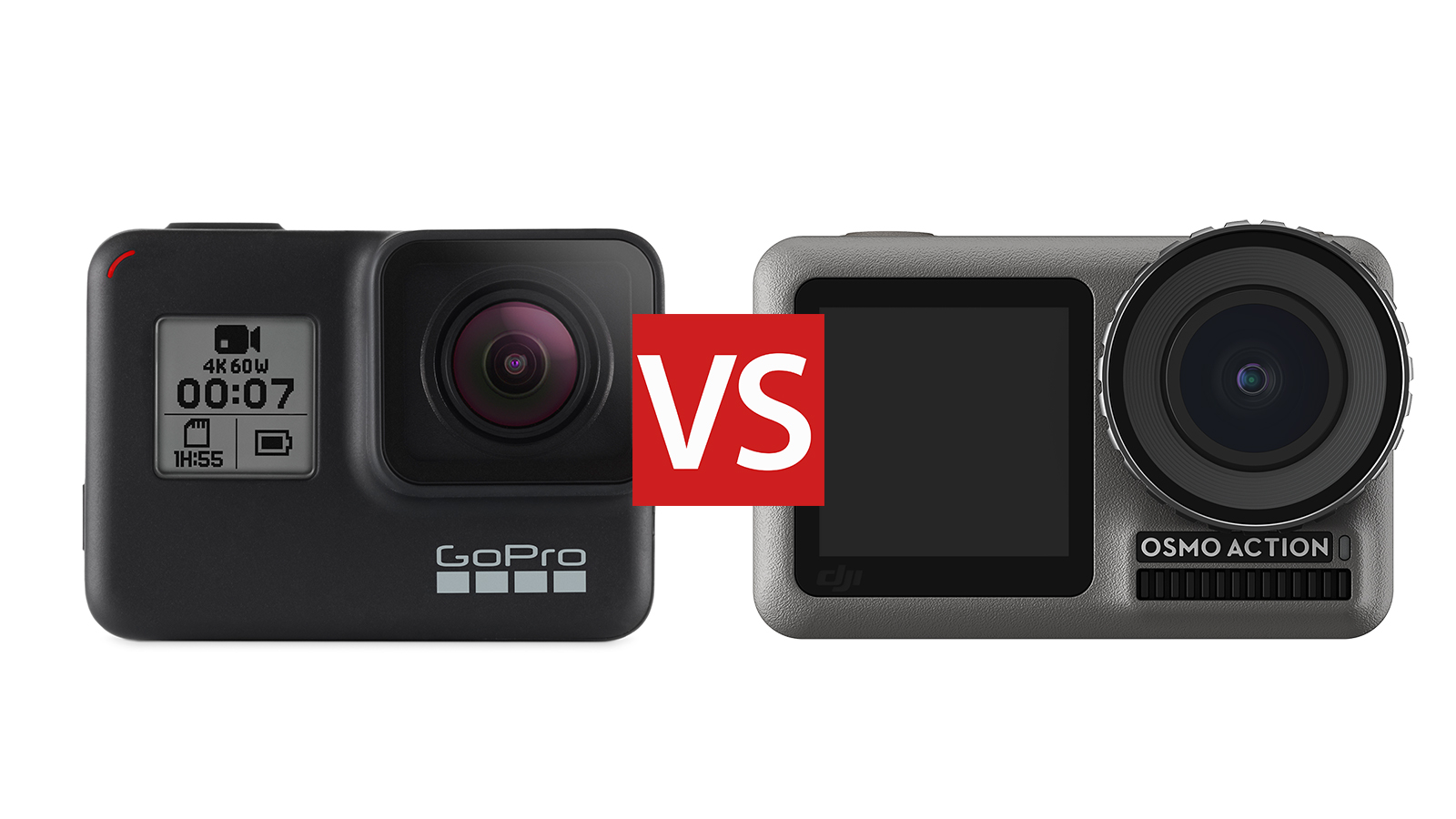

GoPro has enjoyed a stronghold on the bustling action camera market for years thanks to its powerful, reliable and rugged cams for every outdoors pursuit and sport imaginable. The GoPro HERO 7 Black launched in 2018, and at that time no other action cam brand had even come close to toppling GoPro off its perch... that is, until DJI introduced its first ever action camera, the DJI Osmo Action.
Both cameras have now been succeeded by newer versions – the H7 by the GoPro HERO 8 Black (still a strong recommendation, see our GoPro Hero 8 Black vs DJI Osmo Action head to head for that comparison), the HERO 9 Black and HERO 10 Black, and the Osmo by the DJI Action 2.
While neither now sits highly in our current best action camera ranking, when they launched, the GoPro Hero 7 Black and DJI Osmo Action were both awarded 5-star reviews by T3, and there’s little separating them when it comes to spec.
Both shoot incredibly smooth video up to 4K60, thanks to gimbal-like stabilisation technology. Both boast slick rear touchscreens and voice control. Both can be thrown down mountains and be used to shoot underwater without faltering. As you're probably gathering, this is going to be one heck of a fight!
- The best budget action cameras, if price is paramount
In truth there are only a few defining features where these world-beating action cameras outperform each other. For example, the DJI Osmo Action’s nifty, vlogger-friendly front screen, and the Hero 7 Black’s ability to live stream footage via the GoPro app.
So, when it comes to overall performance, usability and action-capturing ability, which one is best? In this feature, we pit both 4K action cams against one another in five key areas to determine which one really is the king of the action. And, ultimately, which one is right for you. First up, spec...
GoPro Hero 7 Black vs DJI Osmo Action: spec
GoPro Hero 7 Black:
Sign up to the T3 newsletter for smarter living straight to your inbox
Get all the latest news, reviews, deals and buying guides on gorgeous tech, home and active products from the T3 experts
- Shoots video up to 4K60 video resolution
- 12MP stills
- 1/2.3-inch CMOS sensor
- Waterproof to 10m (without case)
- Weighs 116g
- Measures 62.3x44.9x33mm
- Two-inch rear touchscreen
DJI Osmo Action:
- Capable of shooting video up to 4K60fps
- 12MP stills
- 1/2.3-inch CMOS sensor
- Waterproof to 11m (without case)
- Measures 65x42x35mm
- Weighs 124g
- 2.25-inch rear touchscreen plus 1.4-inch front display
Specs winner: GoPro Hero 7 Black
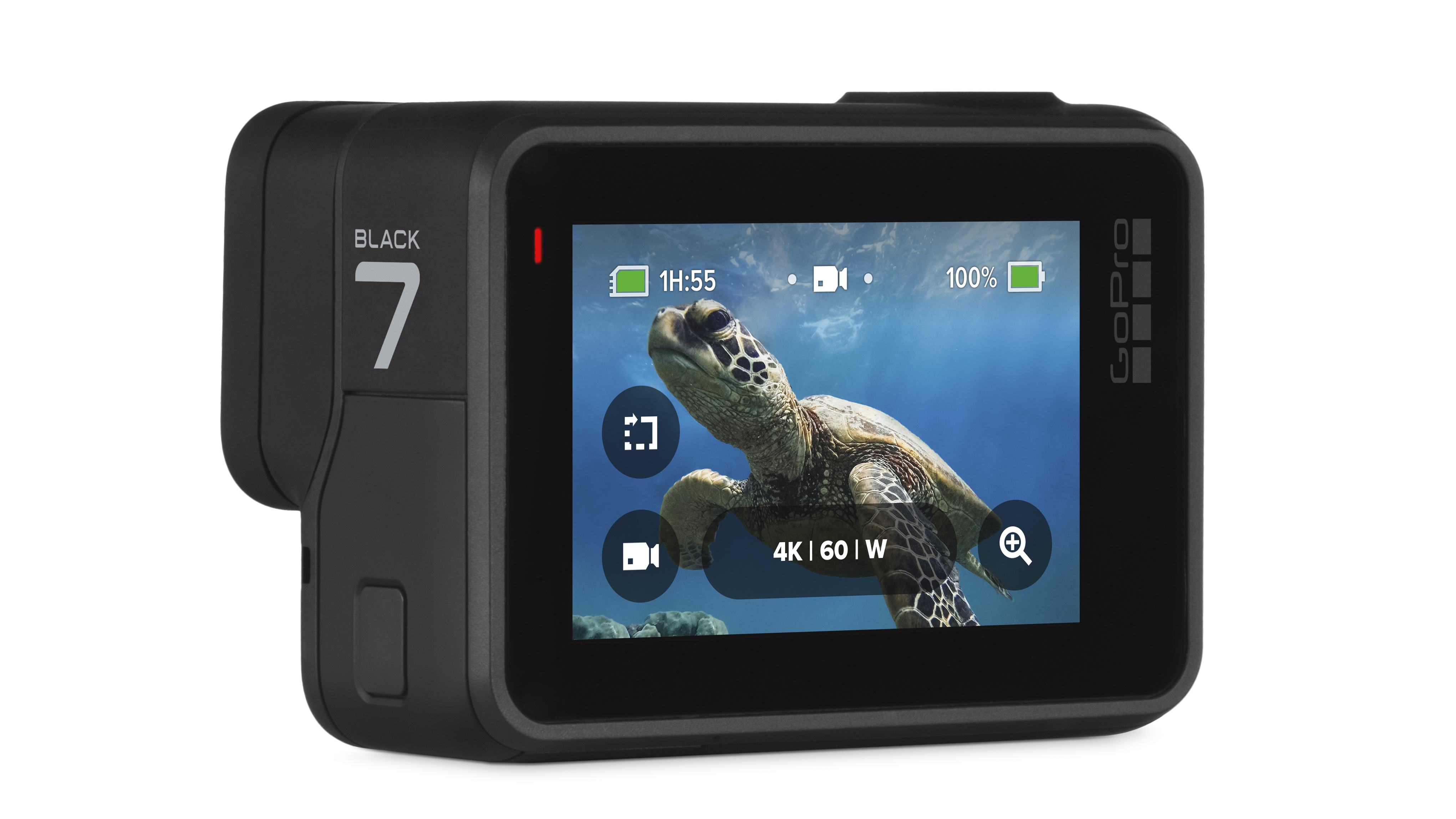
GoPro Hero 7 Black vs DJI Osmo Action: design
In terms of weight and size, the DJI and GoPro are pretty evenly matched, but the Osmo Action has the upper hand with its front-facing 1.4-inch colour screen in addition to a 2.25-inch rear touchscreen. If you’re filming a vlog, or you’re doing an activity with the camera pointing towards you, this is a real winner.
Both cameras are waterproof without the need for a case, but the DJI just inches it by offering 11 metres of waterproofing out of the box, compared to the GoPro’s 10. This should only be an issue if you’re a regular deep diver, but GoPro does offer an underwater housing so that you can take your camera down to 30 metres.
If we’re judging purely on looks, the Osmo Action is less stylish than the GoPro. The hard grey plastic casing looks a tad cheap compared to the sleek, satin-y feel of the GoPro. The DJI might be just as tough, but to us it feels less premium.
Design winner: GoPro Hero 7 Black
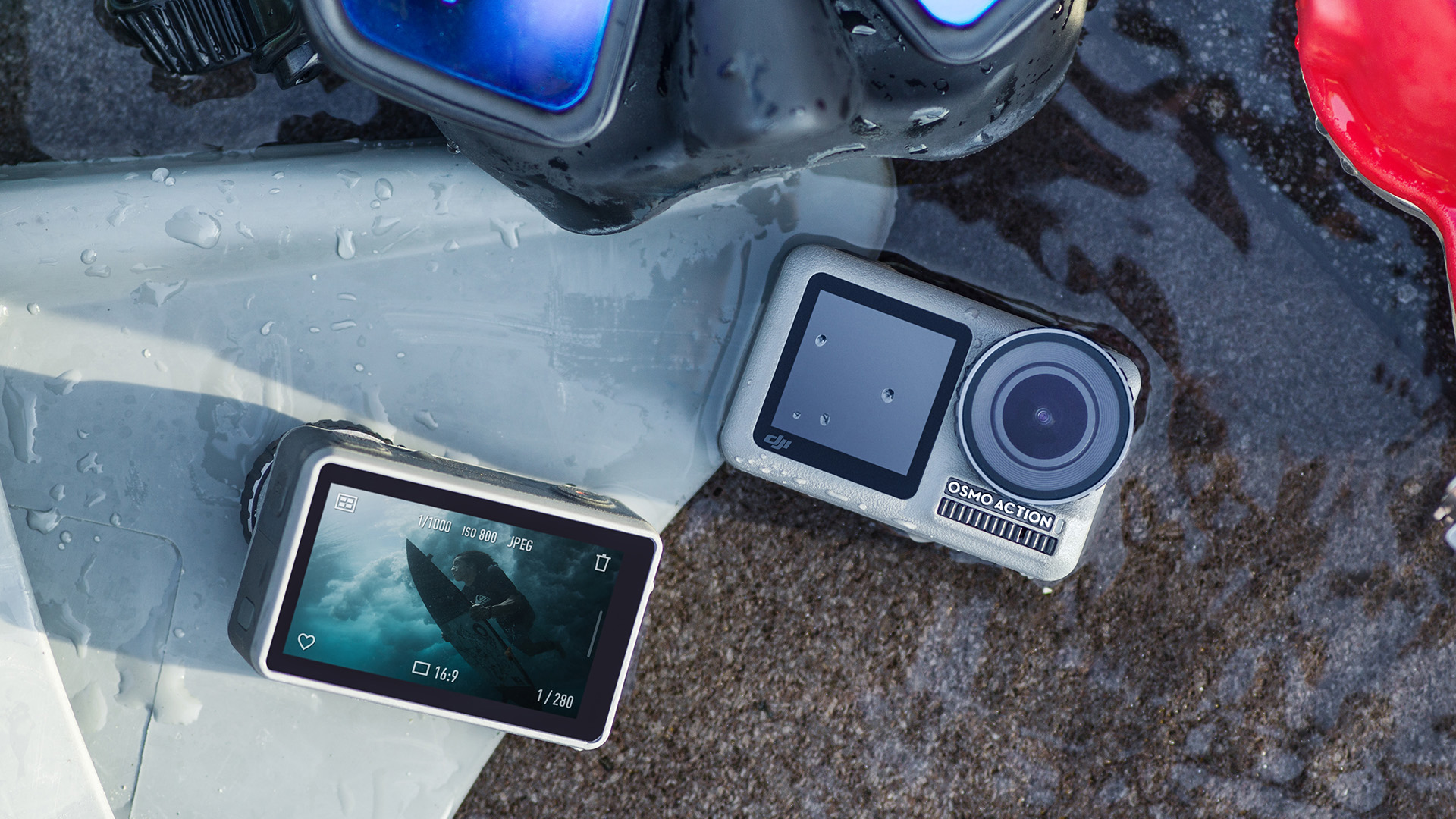
GoPro Hero 7 Black vs DJI Osmo Action: usability
The GoPro Hero 7 Black’s user interface has been completely redesigned, making menus and modes even simpler to use than its Hero 6 predecessor, and speeding up the time it takes to tweak settings before starting to shoot.
Both cameras also have voice control, which is particularly handy when the camera is out of reach on top of a crash helmet, or your thick snowboarding gloves mean you can’t operate the touchscreen.
Navigating the Osmo Action’s touchscreen menu system is even easier than the GoPro; swiping up, down, left and right reveals four different menus, which cover off all the main settings and modes. On the side of the camera is a QuickSwitch button for quickly toggling between regular video, HDR video, stills, TimeLapse and other customised modes.
Add that front-facing camera into the mix and framing and capturing your shots just got a whole lot easier. As such, the Osmo Action is our favourite of the two for ease of use. But only by a whisker.
Usability winner: DJI Osmo Action
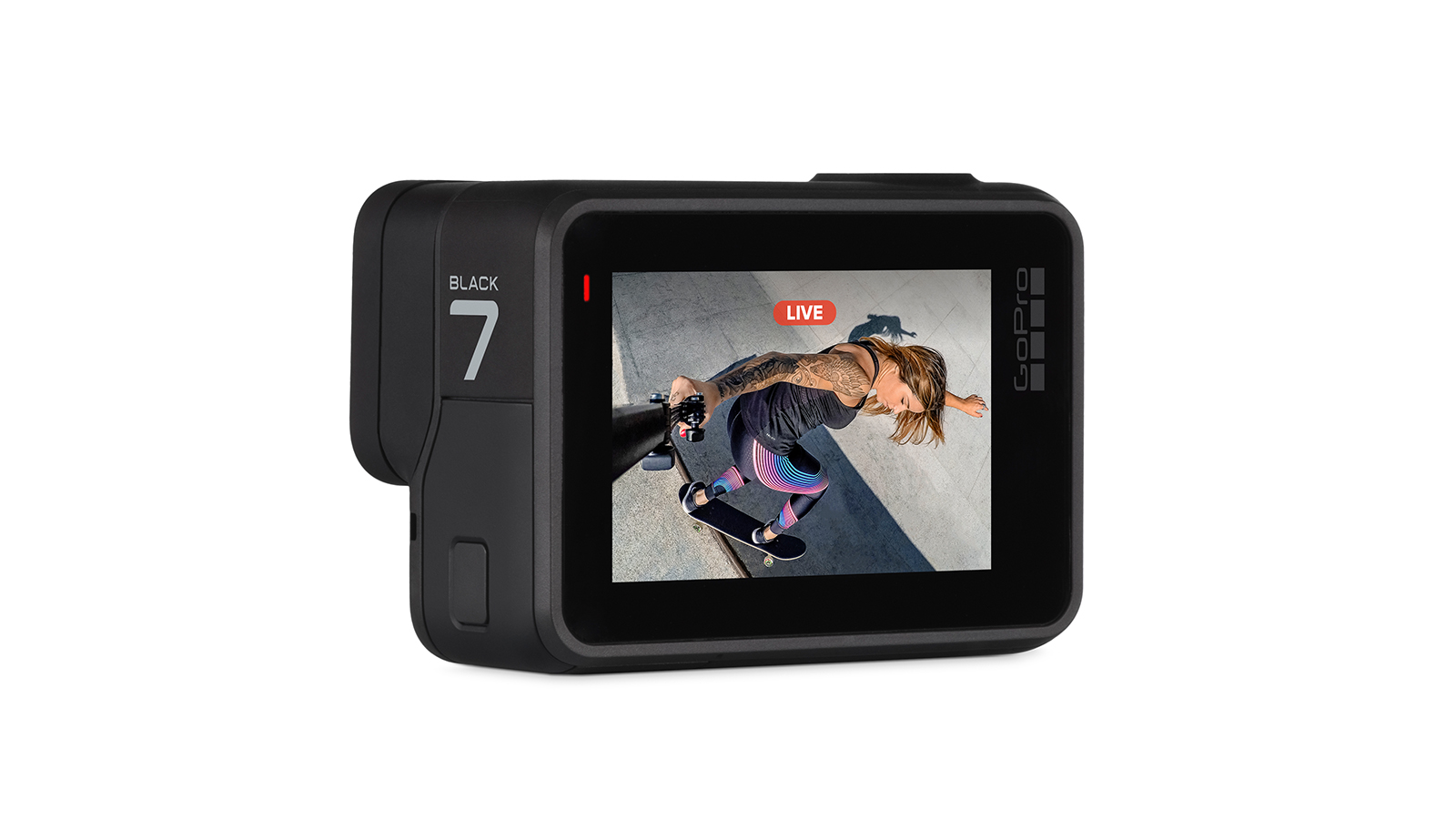
GoPro Hero 7 Black vs DJI Osmo Action: video and stills
In the past, each new GoPro model has delivered higher resolutions and frame rates. For the Hero7 Black, GoPro chose to top out at 4K60 like the Hero6 and instead focus its efforts on making footage look slicker thanks to a new tech called HyperSmooth. HyperSmooth also works great with GoPro’s TimeWarp function, which enables you to capture super stable time lapse videos – a great addition to any action edit.
Crucially, the image quality is excellent, with consistently vibrant colours and great dynamic range. The camera’s higher bit-rate and advanced colour profile option are also welcome news for more advanced shooters who want to do their own post-production.
The DJI Osmo Action has its own version of HyperSmooth, which is called RockSteady. It contributes to shots being vibrant, crystal clear and effortlessly smooth in a range of outdoors scenarios, from surfing to a bumpy off-road cycle. The Osmo can also shoot HDR video at 4K30, which produces stunning, dynamic and consistent results across light and dark scenes, but sadly RockSteady won’t engage with this setting.
In terms of video, the Osmo Action is on a par with the GoPro Hero 7 Black, while shooting stills with the DJI produces impressive results too. However, it doesn’t have the flexibility of the GoPro’s SuperView wide field of view mode for capturing dramatic landscapes and SuperPhoto mode, which introduces HDR to make shots looks great in any light.
Video and stills winner: GoPro Hero 7 Black
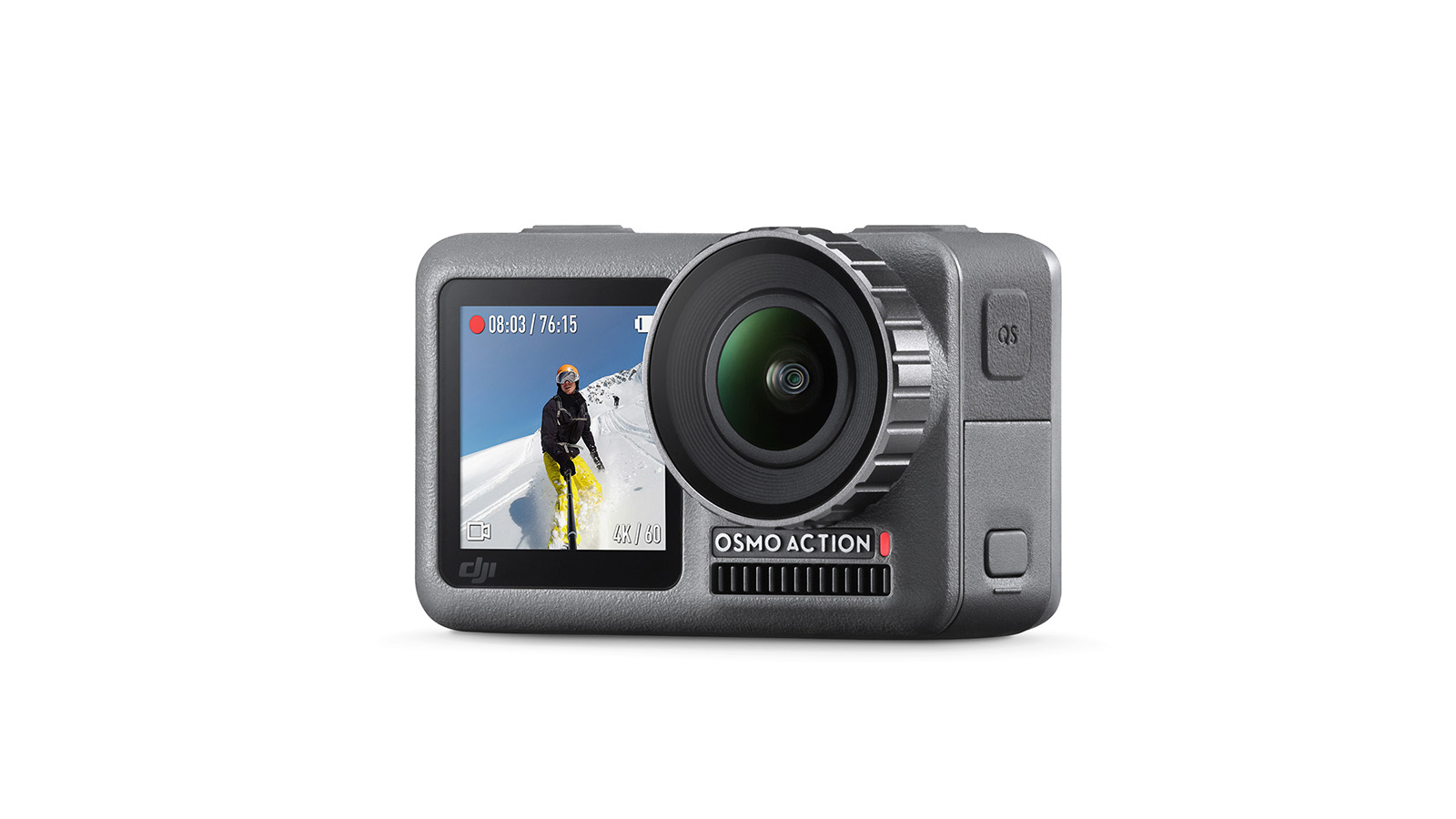
GoPro Hero 7 Black vs DJI Osmo Action: stabilisation
Electronic image stabilisation is becoming an increasingly common feature of top-end action cameras, but there’s nothing out there quite like GoPro’s HyperSmooth or DJI’s RockSteady. The built-in stabilisation enables you to ditch the gimbal and capture smooth, professional-looking footage all the time.
GoPro’s HyperSmooth is remarkable. Where footage shot with older GoPro models suffered from warping and distortion when the action got too rough, there are no such problems here.
DJI’s RockSteady digital stabilisation is very similar and also produces excellent results. Our footage looked most consistent at 4K30, whereas HyperSmooth performed brilliantly right up to 4K60, making it – just about – the best auto-smoothing on the market.
Stabilisation winner: DJI Osmo Action and GoPro Hero 7 Black (in other words, it’s a draw here!)
- Which is the best GoPro for you? We look at each camera in depth
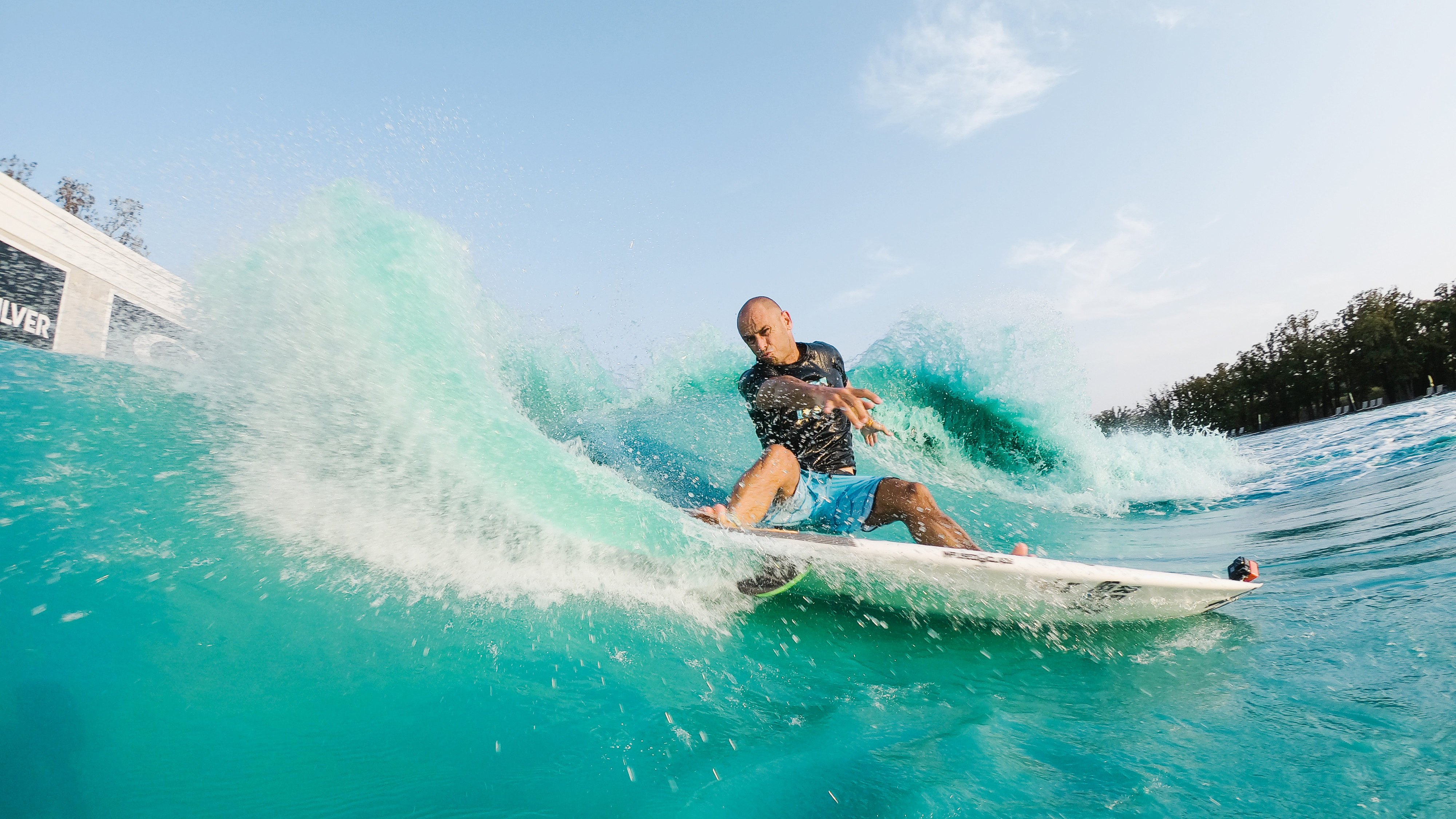
GoPro Hero 7 Black vs DJI Osmo Action: verdict
This is a seriously close call. The GoPro’s HyperSmooth stabilisation is excellent and the camera is so easy to use. Then you have that cool TimeWarp feature, premium build quality, fantastic video and an ace range of modes.
That said, we also love the full colour front screen, brilliant RockSteady image stabilisation and superb video quality of the DJI, not to mention the slightly cheaper price (£329 vs. £379.99 official RRPs).
The differences between the GoPro and the DJI are pretty minimal, but the GoPro’s marginally better software, live streaming functionality and nicer finish means the GoPro Hero 7 Black is our overall winner for this head-to-head.
It’s a doddle to capture pristine, sharp footage with it, and it's so tough, you can trust that it will survive pretty much anything you can put it through outdoors.
Overall winner: GoPro Hero 7 Black
The Hero 7 Black has consistently proven itself in various key areas, and boasts live streaming, good app support, and is perfect for capturing any type of outdoors video and stills imagery you could want.
-
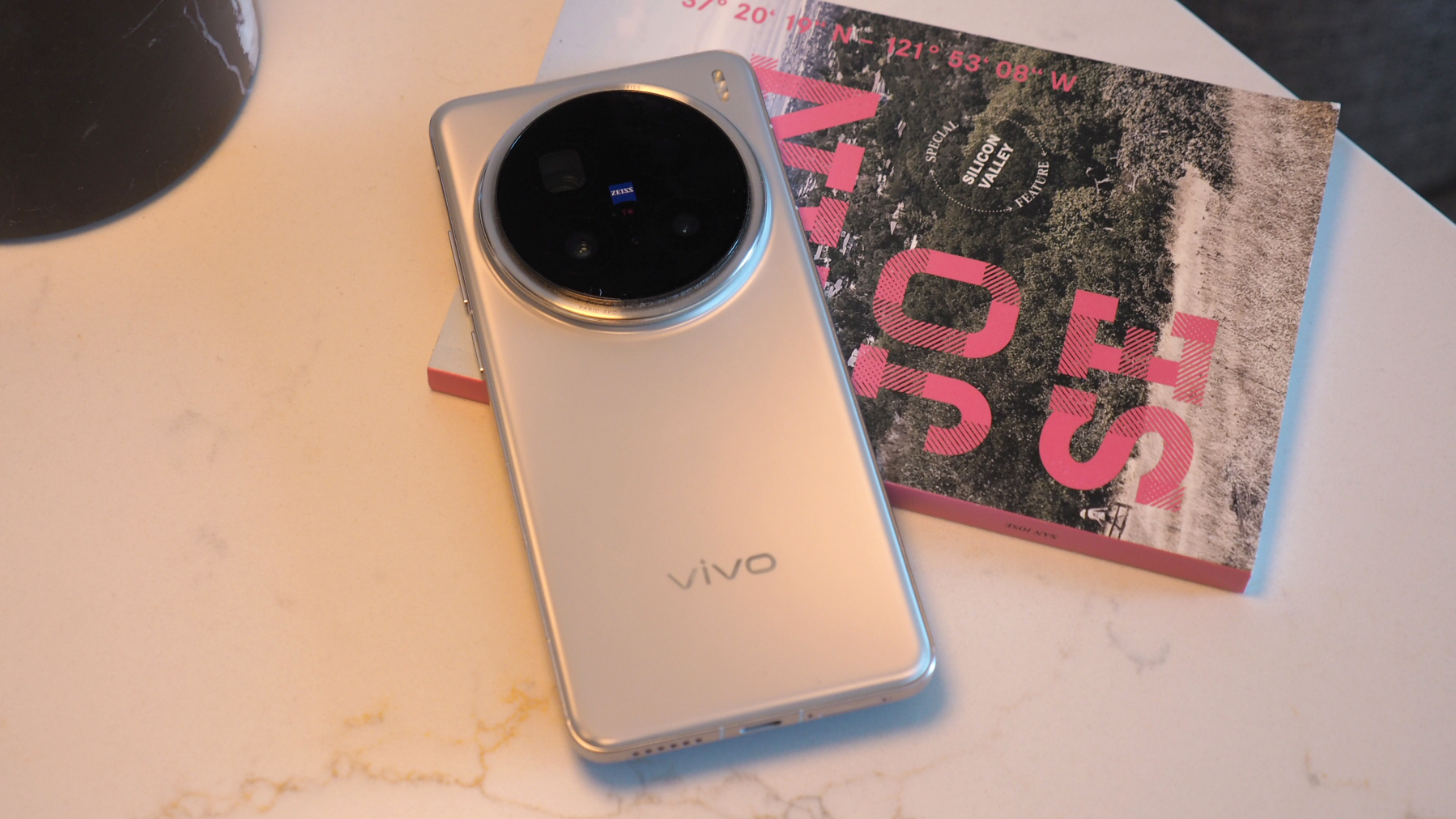 Android phones just got surprise prospective upgrade from MediaTek
Android phones just got surprise prospective upgrade from MediaTekDimensity 9400+ anyone? MediaTek's powerhouse chip just ranked up
By Mike Lowe Published
-
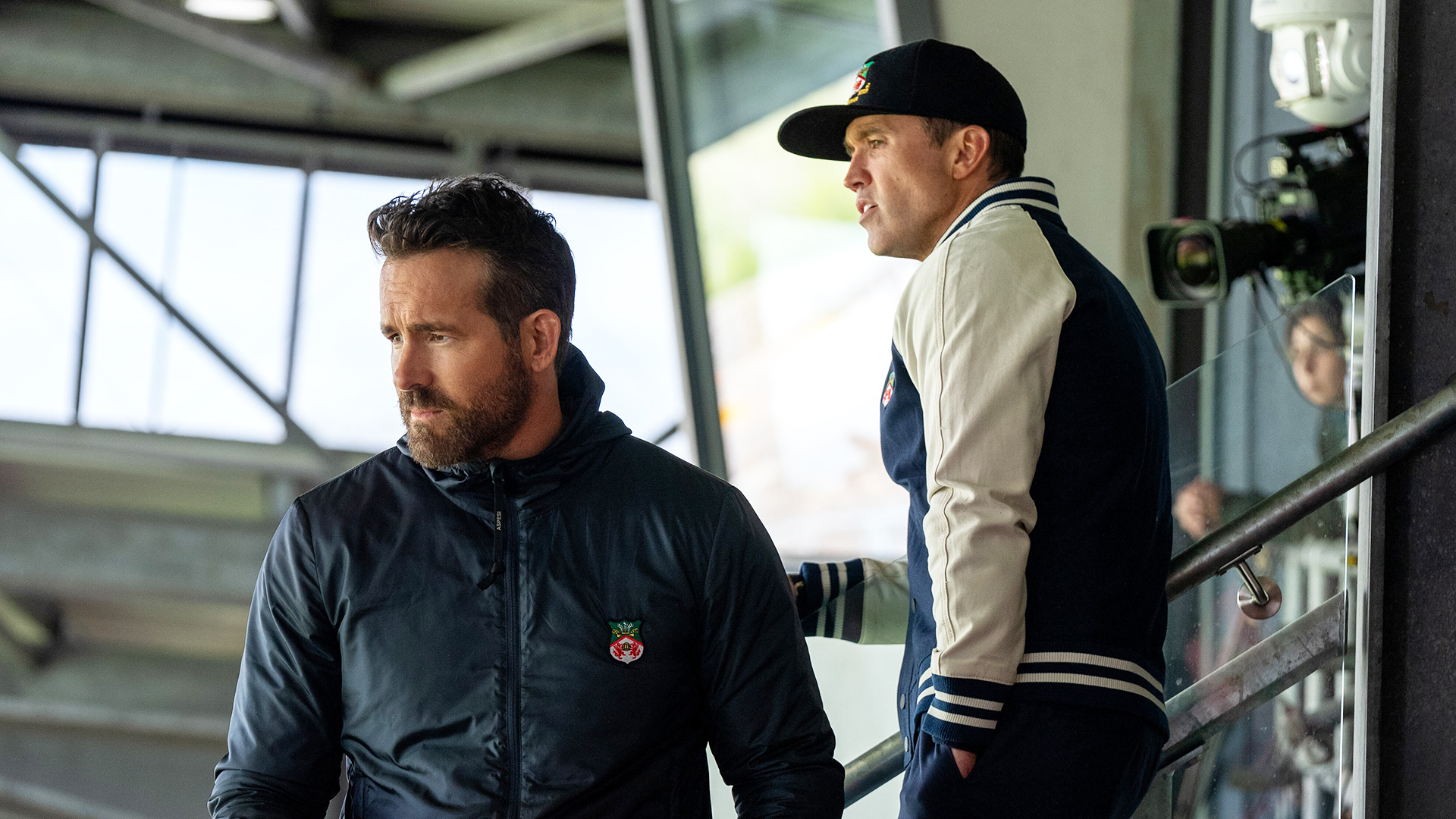 This Disney Plus favourite had 100% on Rotten Tomatoes last season – here's when the new one is out
This Disney Plus favourite had 100% on Rotten Tomatoes last season – here's when the new one is outIt's an Emmy award-winning show
By Sam Cross Published